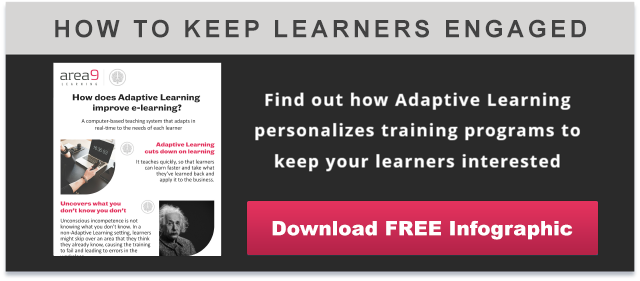A good company looks ahead to anticipate opportunities before they arrive, and spends resources preparing their workforce to meet those opportunities. Online e-learning, as a way of accomplishing this, is an obvious plus for most companies as it easily reduces cost of training programs for employees. But companies used to traditional classroom learning will wonder if the reduced cost means sacrificing training quality.
This will vary depending on the specific human resources team but, simply put, a good learning and development program, like Area9’s Adaptive Learning, should never mean a sacrifice in learning mastery.
A good learning and development program should also have a quantifiable and satisfying return on investment (ROI). Adaptive Learning accomplishes this in two categories of measurable impact: direct and indirect.
Determining the Cost of Training Programs for Employees: Direct Measurables for Adaptive Learning ROI
Overall training cost: Adaptive Learning can reduce overall training cost significantly. With Adaptive Learning, there is no need for classroom rental costs and travel expenses incurred by sending employees for training. If your company is thinking of going green, Adaptive Learning also saves a lot of paper and office supplies compared to classroom learning.
Time: In many cases just as important as money for counting costs - is also reduced with Adaptive Learning. Training can be completed up to 50% faster.
Lowered liability: Many workplace accidents occur because of poor or improper training. It stands to reason that better training will provide employees with the skills and knowledge to improve workplace safety, which protects workers, lowers the risk of liability, and saves the company money from legal issues.
Learner retention: Adaptive Learning seeks to improve learner retention over time. Because of the memory’s natural tendency to degrade over a long enough period, a good e-learning platform needs some way of improving the way learners retain information. Adaptive Learning does this through its recharge function, providing continuous learning to refresh the brain.
Indirect Measurables for E-Learning ROI
Employee engagement: Though not as easy to quantify, employee engagement can be worth its weight in gold. Better employee engagement is the key to better learning retention and learning mastery. Adaptive Learning increases employee engagement in two ways: through active teaching, holding the learners attention; and by recognizing that every brain is unique and adjusting to each learner’s particular needs.
Company morale: Similarly to the way it improves individual learner engagement, Adaptive Learning can improve employee morale by providing training that isn’t like pulling teeth. If each learner feels more valued and more competent, company morale will improve as a whole.
Community purpose: Adaptive Learning can drive a sizable ROI through the development of a community atmosphere, something that is especially important to Millennials and young workers. Developing a worthwhile company culture can be a difficult process, but well worth the struggle when achieved. Not always easy to count in monetary value, a shared community purpose is what defines a great company. Better training is one easy way to help this happen.
Want to know more before deciding if Adaptive Learning is right for your human resources team?Need more info on Adaptive Learning’s ROI?
References:









